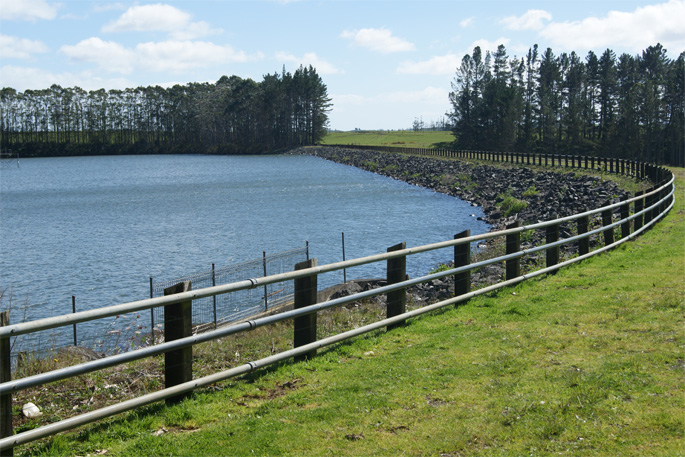A recent expert discussion document on drought and climate change highlights future national planning to improve water storage and looking at a range of options to mitigate the effects of more severe droughts forecast is urgently needed, according to IrrigationNZ.
The document, titled ‘Drought and Climate Change Adaption: Impacts and Projections’ was produced as a result of a Deep South Dialogue, run by non-profit research institute Motu Economic and Public Policy Research.
The Dialogue brought together key researchers and sector representatives to map current knowledge about how drought will impact NZ as our climate changes, and to identify critical knowledge gaps that must be filled if we are to successfully adapt to our changing climate.
IrrigationNZ chief executive Andrew Curtis says more frequent droughts and more variable rainfall will affect both urban and rural communities and means we’ll need to rethink how we manage water in future.
“For example, with less rainfall forecast during summer in western areas of New Zealand, there will be more demand for water storage from both councils and farmers to provide a reliable water supply,” says Andrew.
“To adequately prepare for the future, NZ needs to capture more of its plentiful water from rain and ice melt. Hopefully, the issues highlighted in this document will lead to action to avoid our regions being crippled from future droughts,” says Andrew.
The document highlights that having been historically ‘water-rich’, NZ is not well-prepared to cope with a future with more droughts in many areas.
The report also points out that: “Much of our irrigation in drier areas is on a run-of-river basis, a model extremely vulnerable to drought given environmental obligations. NZ’s dependence on agricultural exports and urban reservoirs may yet be a recipe for drought vulnerability”.
“Changing drought risk will have an impact on our society in many ways including on water supply, wastewater, stormwater and primary production among others.”
Andrew says it’s positive that the Government is looking at how water services will be delivered in future. “The next step is to develop a national approach to plan for improved water storage for both urban and rural communities.
“Local and regional water storage infrastructure can be expensive to design and construct but the need for this investment will become more critical in future. We’ll also need new infrastructure in regions where this hasn’t previously been required as rainfall and river flows change.”
Plus, Andrew says that improving water use efficiency will also continue to be a priority. “Farmers are already investing in more efficient irrigation systems and NZ has very efficient systems operating by world standards.
“Regional councils are continuing to require that farmers adopt more efficient irrigation systems and irrigation schemes are also modernising their networks to install piped systems, which reduce water loss. Urban areas are also looking at programmes to improve and encourage water use efficiency.”
To read the document, see: https://motu.nz/our-work/environment-and-resources/climate-change-impacts/drought-and-climate-change-adaptation-impacts-and-projections/



0 Comments
Leave a Comment